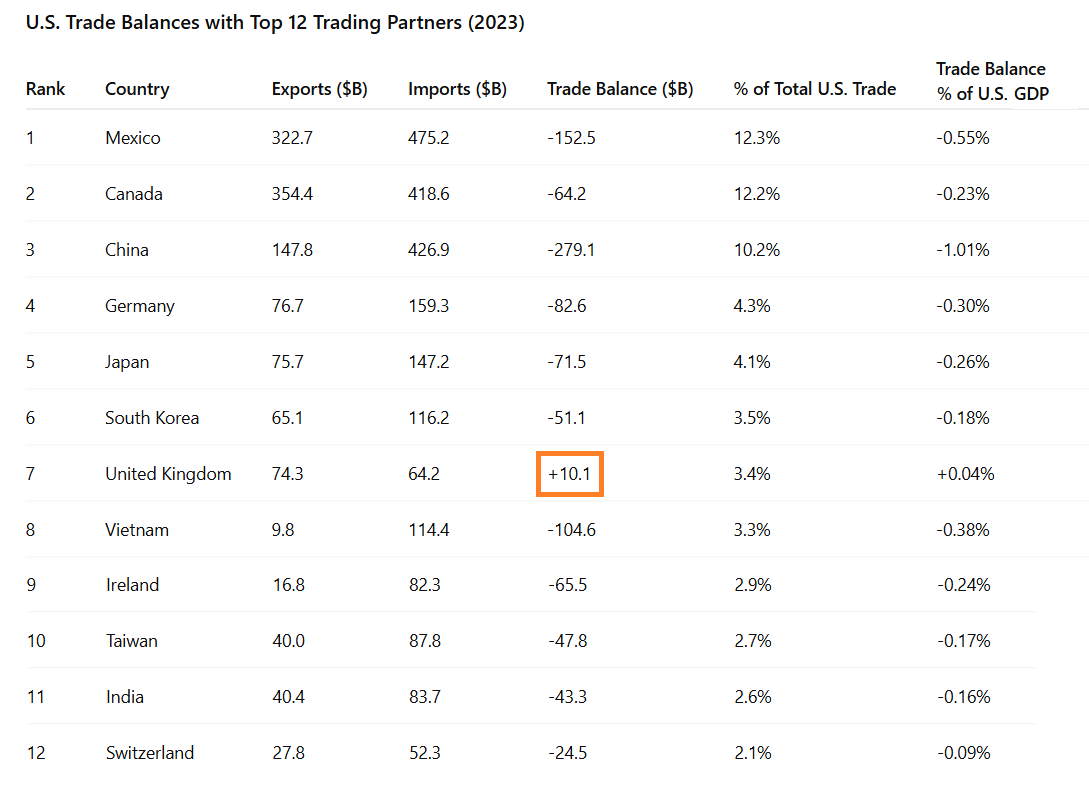I have long appreciated Ed Easterling’s excellent and detailed historical data, some of which can be seen at Crestmont Research. At the end of June he updated the valuation measurements for the S&P 500 and notes that while stocks gained 5% in the second quarter, normalized earnings increased just 1% over the same period.
In fact over the past 24 months, 80% of the gains in stock prices have been driven by the willingness of buyers to pay a higher and higher premium for each dollar of expected earnings. At the end of June that premium had ballooned to more than 26 times 10 year average earnings and nearly 19 times consensus forward expected earnings. Easterling reminds us:
“historically (and based upon well-accepted financial and economic principles), the valuation level of the stock market has cycled from levels below 10 times earnings to levels above 20 times earnings. Except for bubble periods, the P/E tends to peak near 25…
The peak for P/E generally occurs at very low and stable rates of inflation. When inflation falls into deflation, earnings
(the denominator for P/E) begins to decline on a reported basis (deflation is the nominal decline in prices). At that point, with future earnings expected to decline from deflation, the value of stocks declines in response to reduced future earnings—thus, P/Es also decline under deflation.”
He also stresses that secular bears (where PEs mean revert from above 25 to below 10 again) are measured in distance not time.
They either get to the end zone via a period of sharp, steep declines from here (as in -55ish total return over the next 5 years, or -45ish total return over the next 7, or -26ish over the the next decade–want to see the Sharpe ratio on any of these outcomes?), or through a long, slow slog sideways of 2% nominal total returns annually over the next 20 years as earnings move up and prices stay flat long enough for PEs to finally grind lower. Pick your poison (aka strategy) accordingly.
In any of these outcomes, it requires suspension of reason to justify holdings stocks at present valuations and call them “investments”. See: The PE Report.



